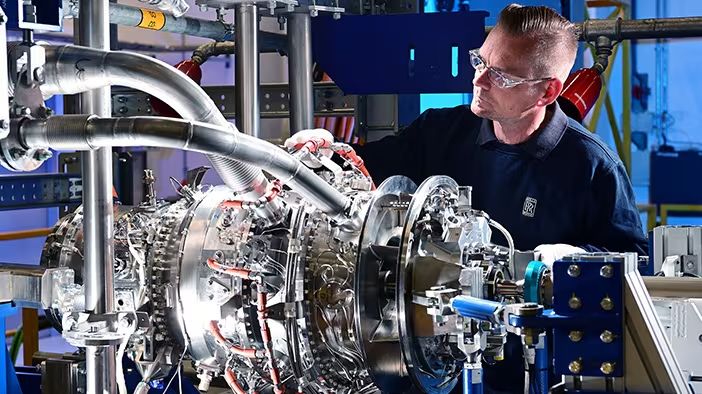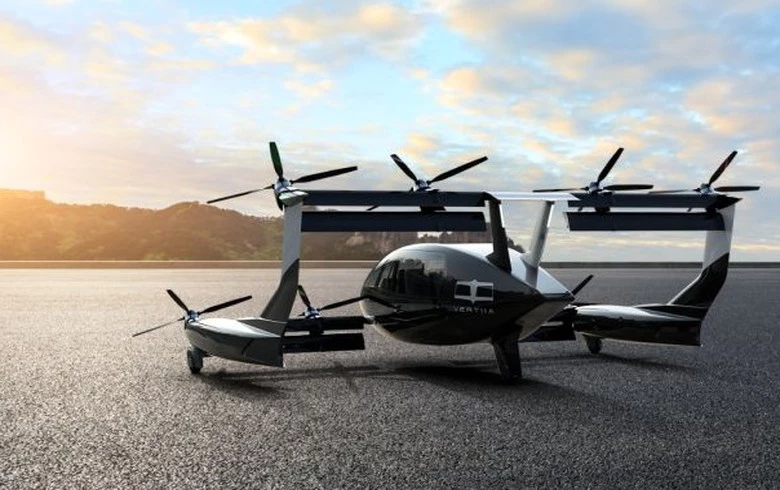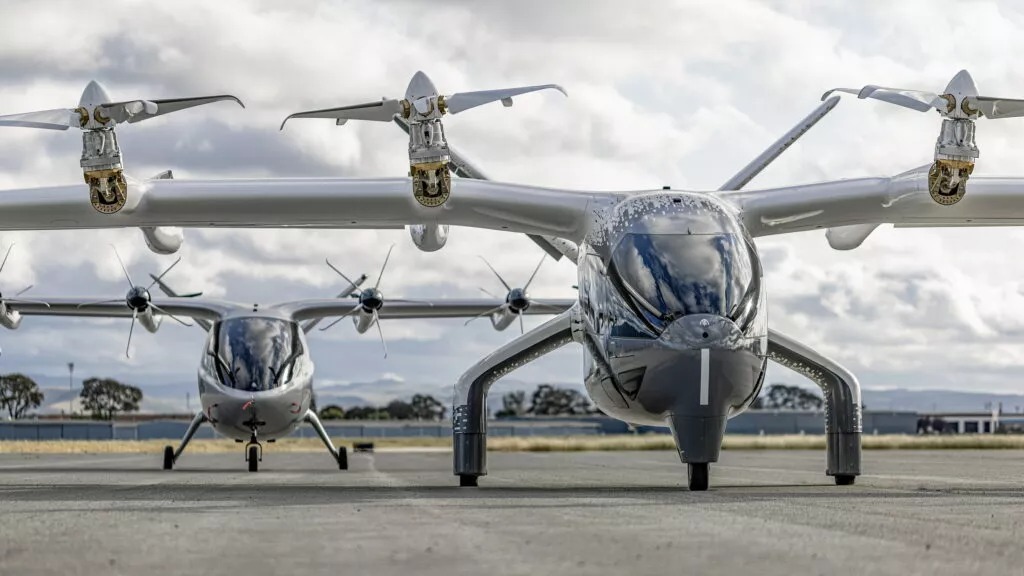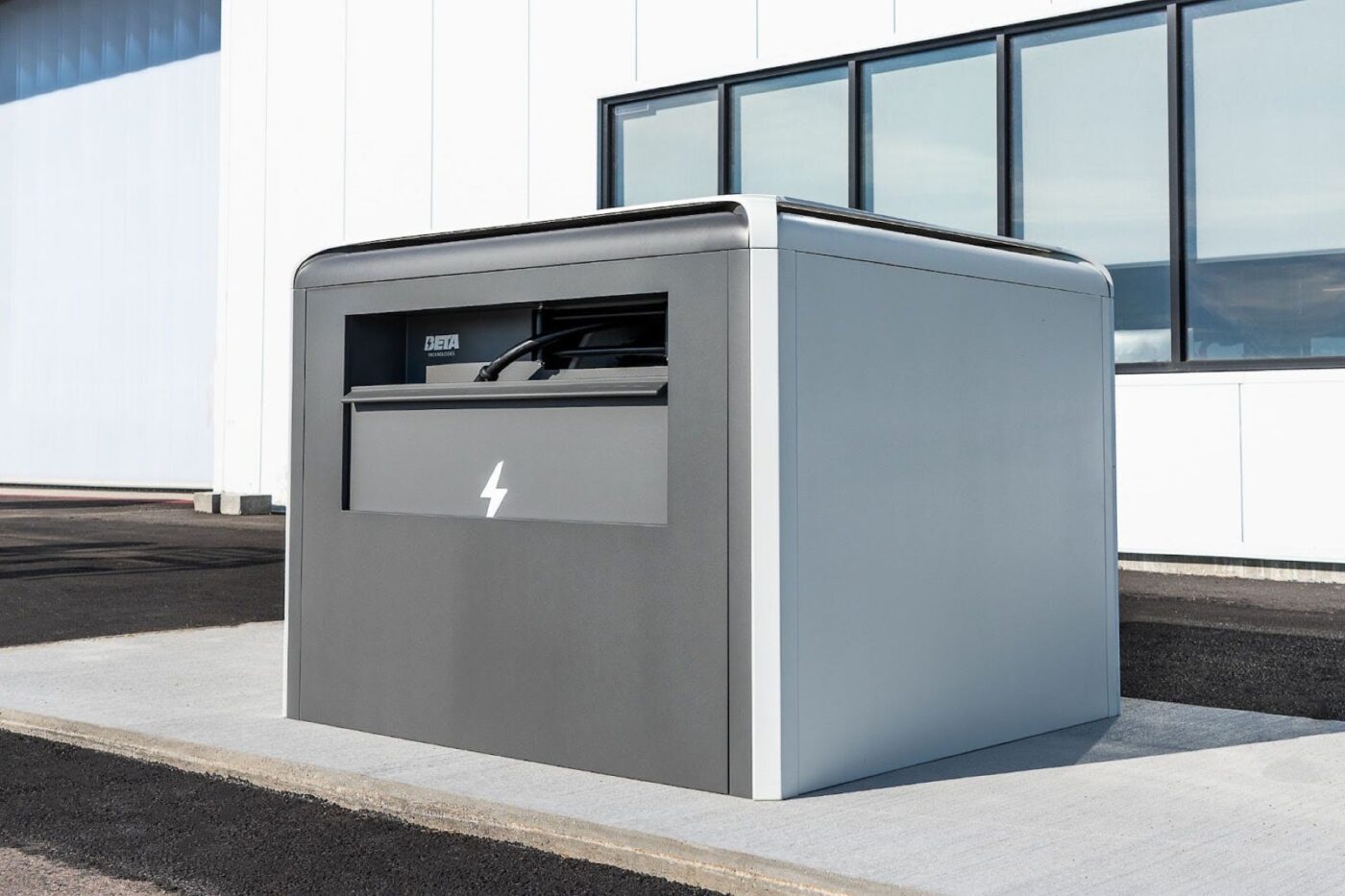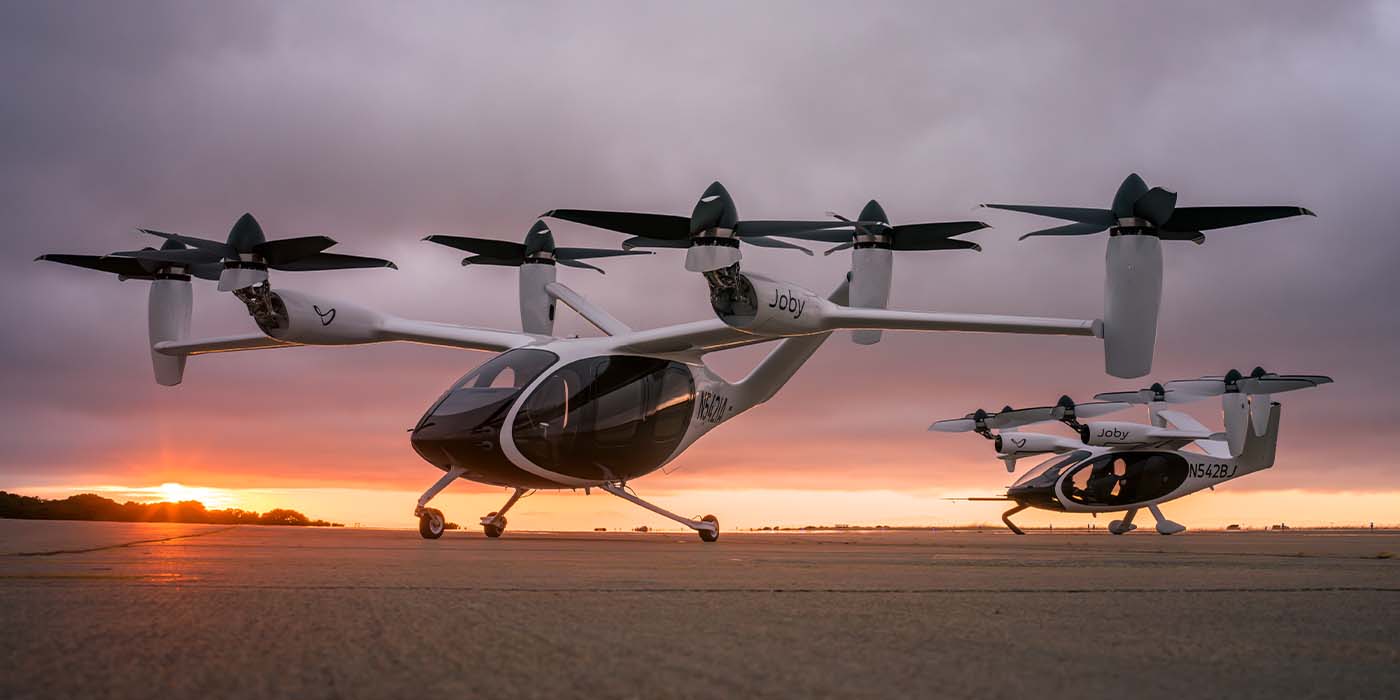Rolls-Royce has successfully conducted the inaugural fuel burn of its novel small gas turbine, specially engineered to power hybrid-electric flight. This remarkable achievement underscores the efficacy of the compact, high-power-density turbine, which will be seamlessly integrated into a lightweight turbogenerator system.
The comprehensive turbogenerator system is purpose-built for the burgeoning Advanced Air Mobility (AAM) market. This encompasses a range of aircraft, including electric vertical take-off and landing (eVTOL) and electric short take-off and landing (eSTOL) vehicles for Urban Air Mobility (UAM) and commuter applications, with capacities of up to 19 seats. Beyond AAM, the gas turbine in question holds promise for deployment in helicopters, auxiliary power units (APU), and defense applications.
Rolls-Royce is at the forefront of developing both all-electric and hybrid-electric power and propulsion systems tailored to the demands of the Advanced Air Mobility market. The successful inaugural fuel burn of their cutting-edge small gas turbine marks a significant leap forward, with every stage of the testing process, from ignition to system activation, demonstrating impressive results.
Matheu Parr, Customer Director, Electrical, celebrated this achievement, highlighting the rapid development timeline from concept inception to the “pass to test” phase in under two years. The turbogenerator system promises to empower customers to expand the reach of electric flight, enabling more passengers to travel longer distances on aircraft with lower, and potentially net-zero, emissions.
The turbogenerator system is poised to complement Rolls-Royce’s existing electrical propulsion portfolio by offering an on-board power source with scalable power outputs ranging from 500 kW to 1,200 kW. This will facilitate extended flight ranges, made possible through sustainable aviation fuels and, in the future, hydrogen combustion, opening up new routes that surpass the capabilities of electric battery-powered aircraft today.
Rolls-Royce’s development of the turbogenerator system is a harmonious amalgamation of their expertise in designing compact and lightweight high-speed electric machines, highly efficient gas turbines, and the know-how to seamlessly integrate them into system and platform levels.
A testament to their commitment to innovation, the test facilities and equipment encompassing 14 subsystems were meticulously designed, procured, and constructed or adapted by a global team in an astonishing timeframe of just under a year. This setup includes both off-the-shelf components like valves and hoses and bespoke subsystems, tailored to the specific requirements of this groundbreaking technology.
Initial testing not only facilitated the accumulation of pertinent knowledge but also generated real-world data to validate critical technical attributes of the design. This invaluable information will inform subsequent design enhancements, propelling the engine towards certification with world-class performance, catering to this emerging market segment.
The turbogenerator system can be flexibly applied in serial or parallel hybrid configurations, facilitating both battery recharging and direct energy supply to electrical propulsion units. This capability allows aircraft to seamlessly switch between power sources during flight, enhancing operational flexibility and efficiency.
Crucially, the research and development endeavors associated with this cutting-edge technology have received partial funding from the German Ministry for Economic Affairs and Climate Action, highlighting the international significance and collaborative nature of this breakthrough in aviation propulsion.

